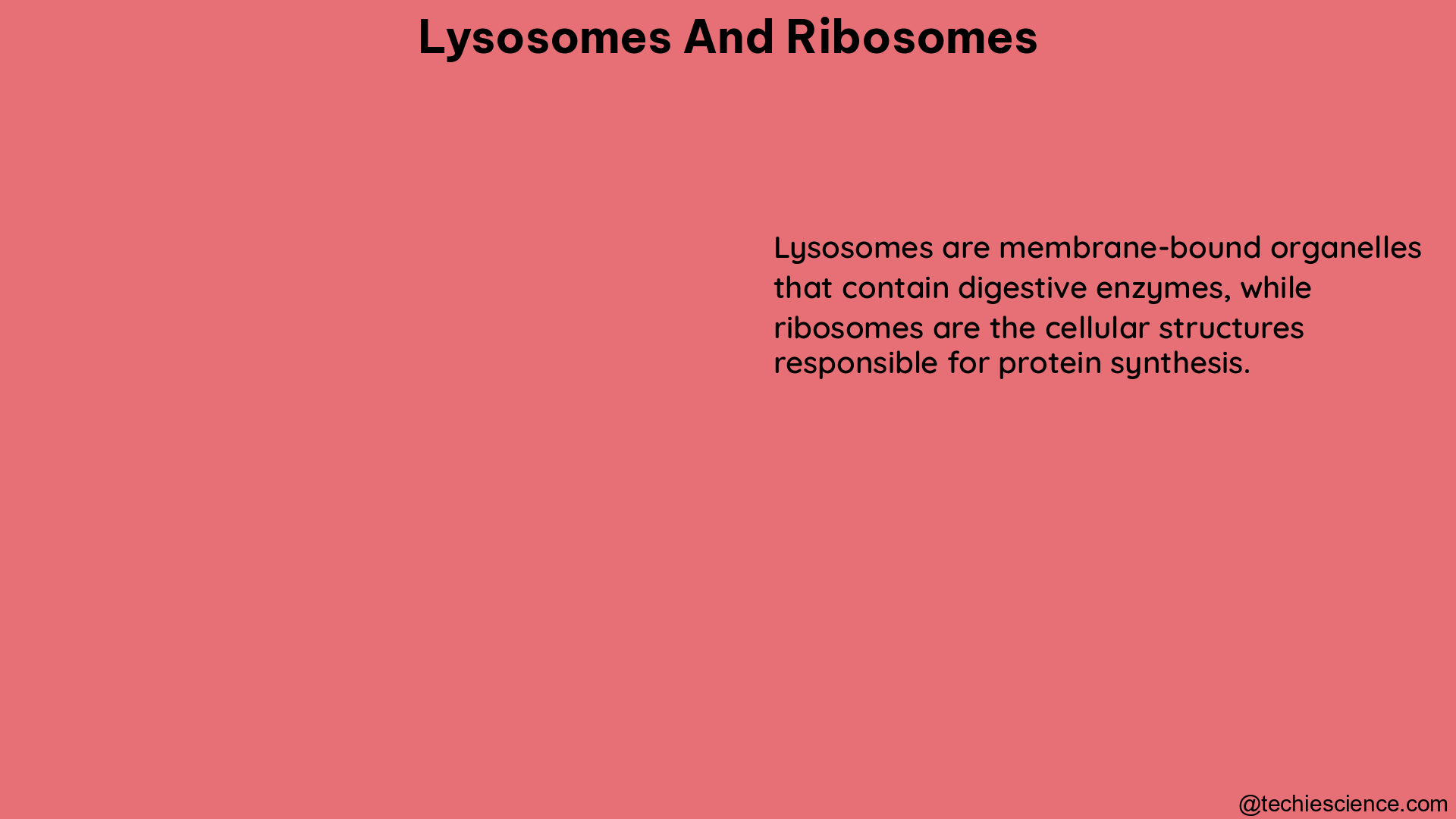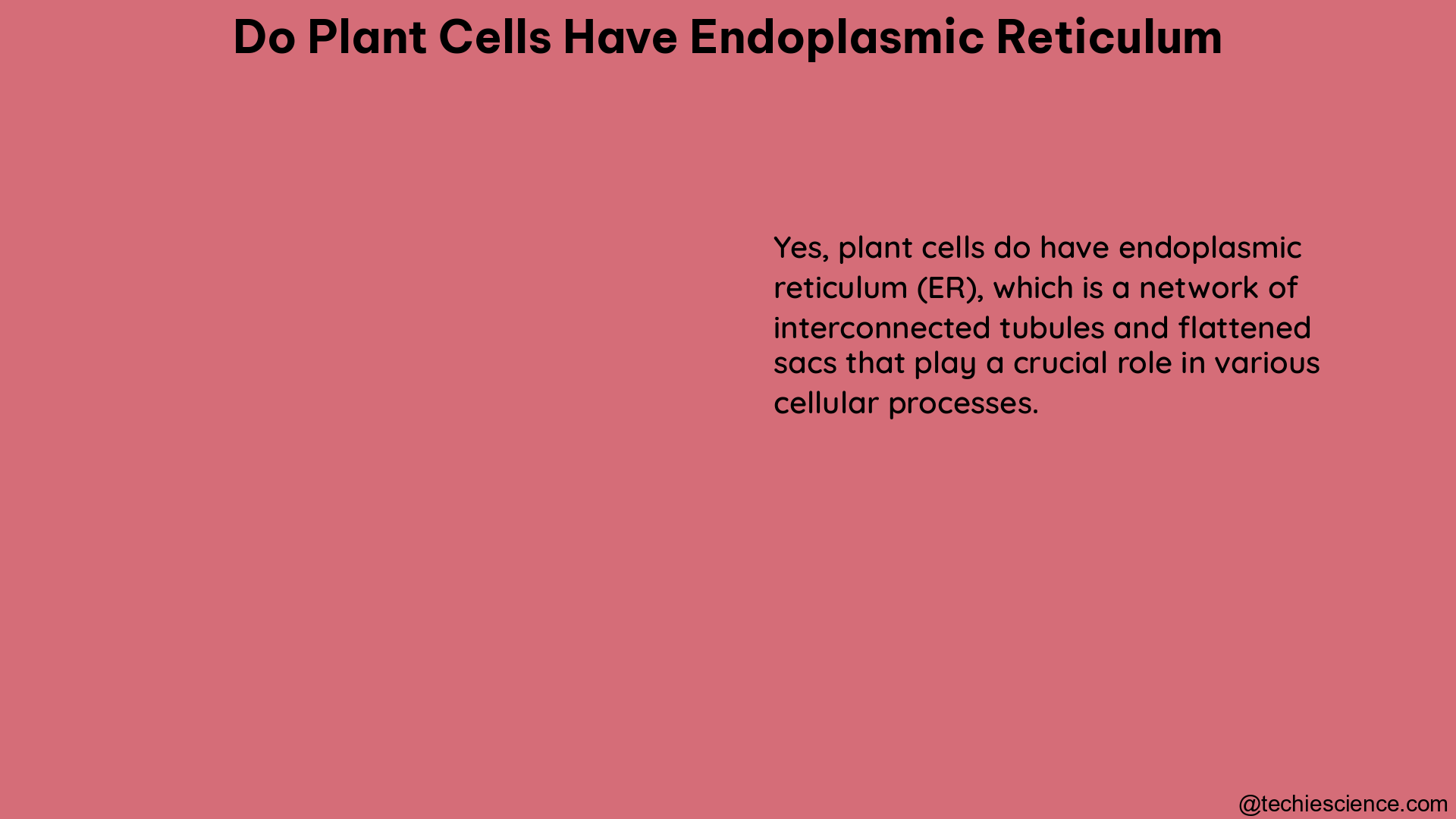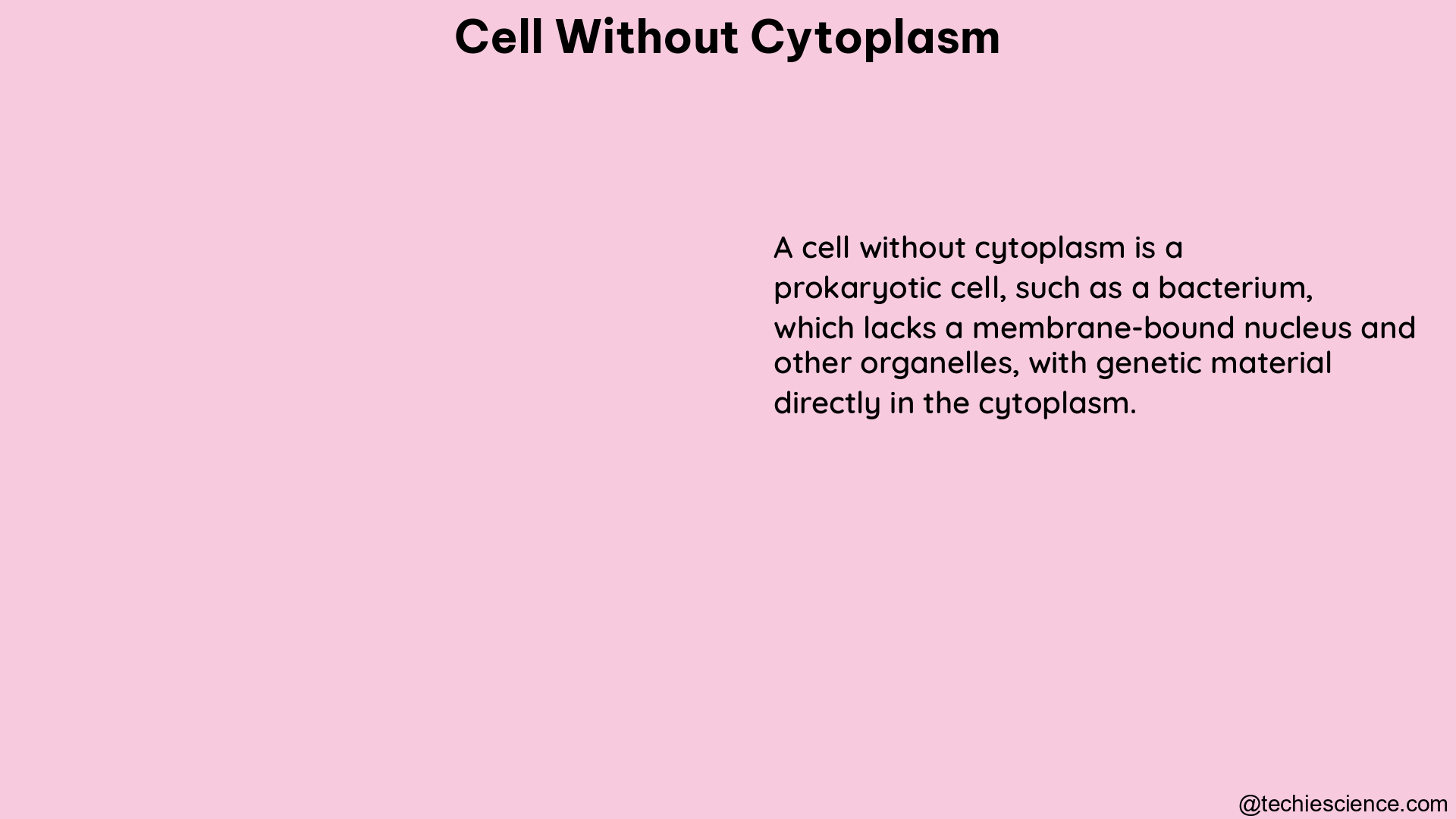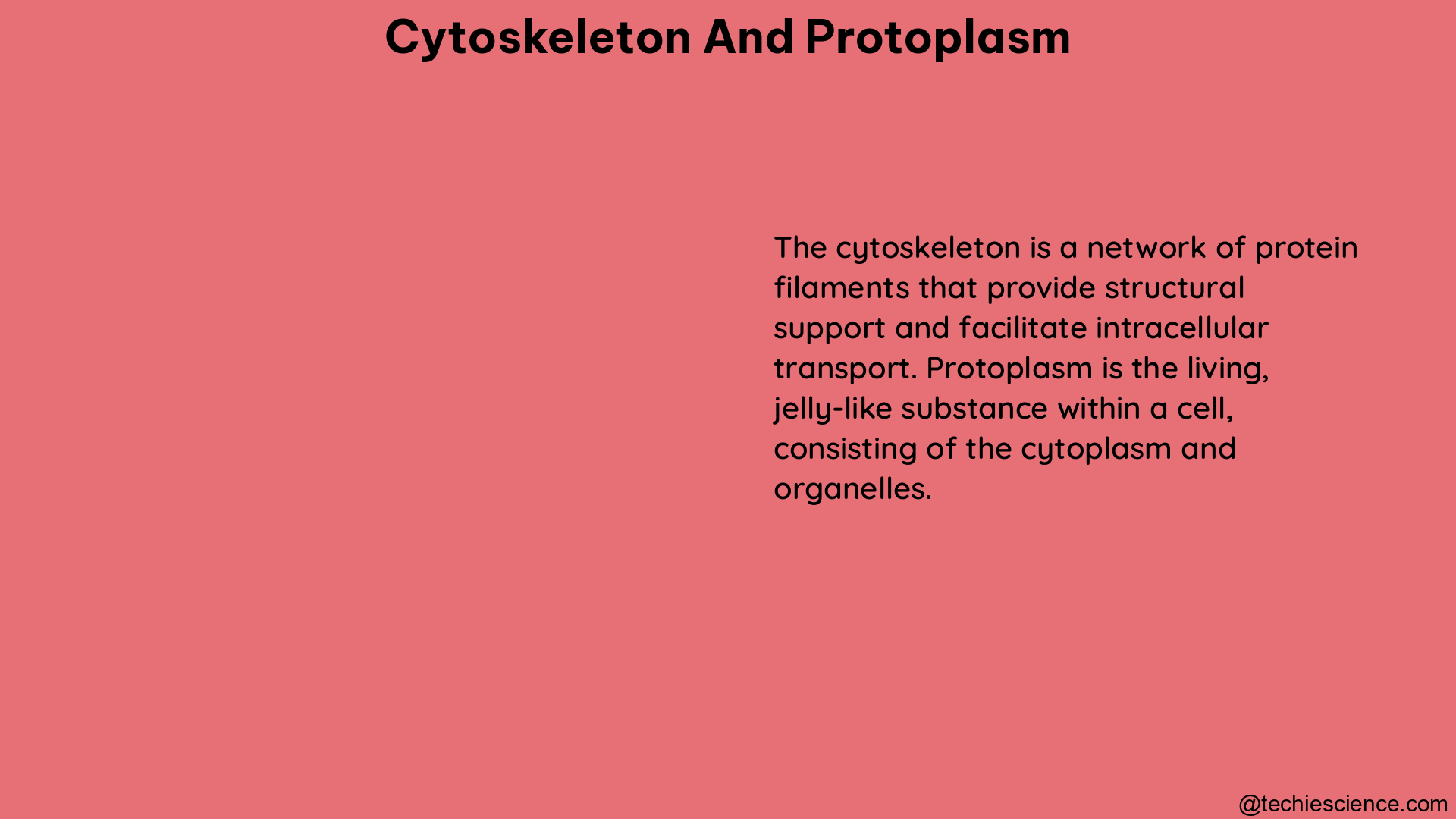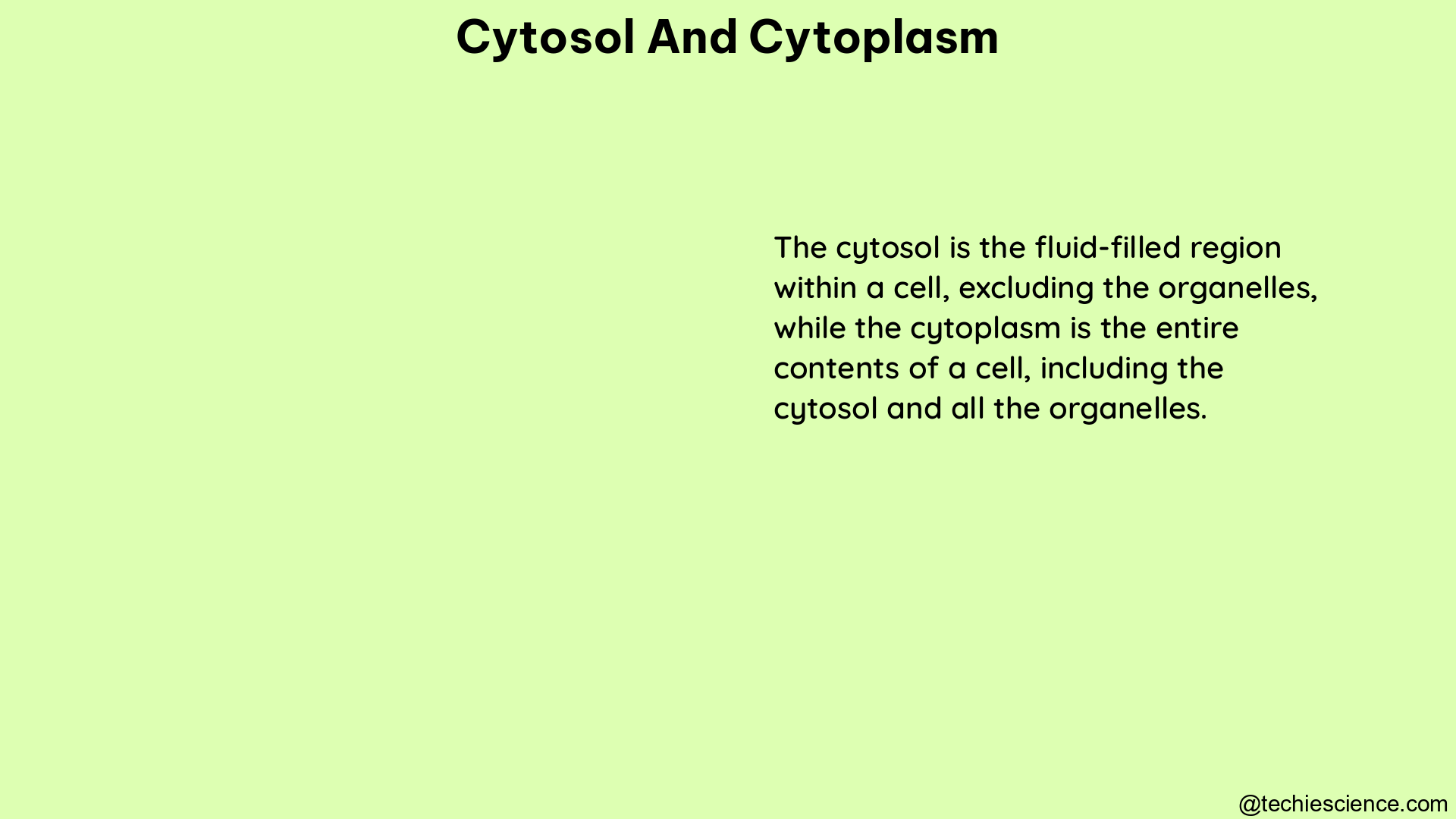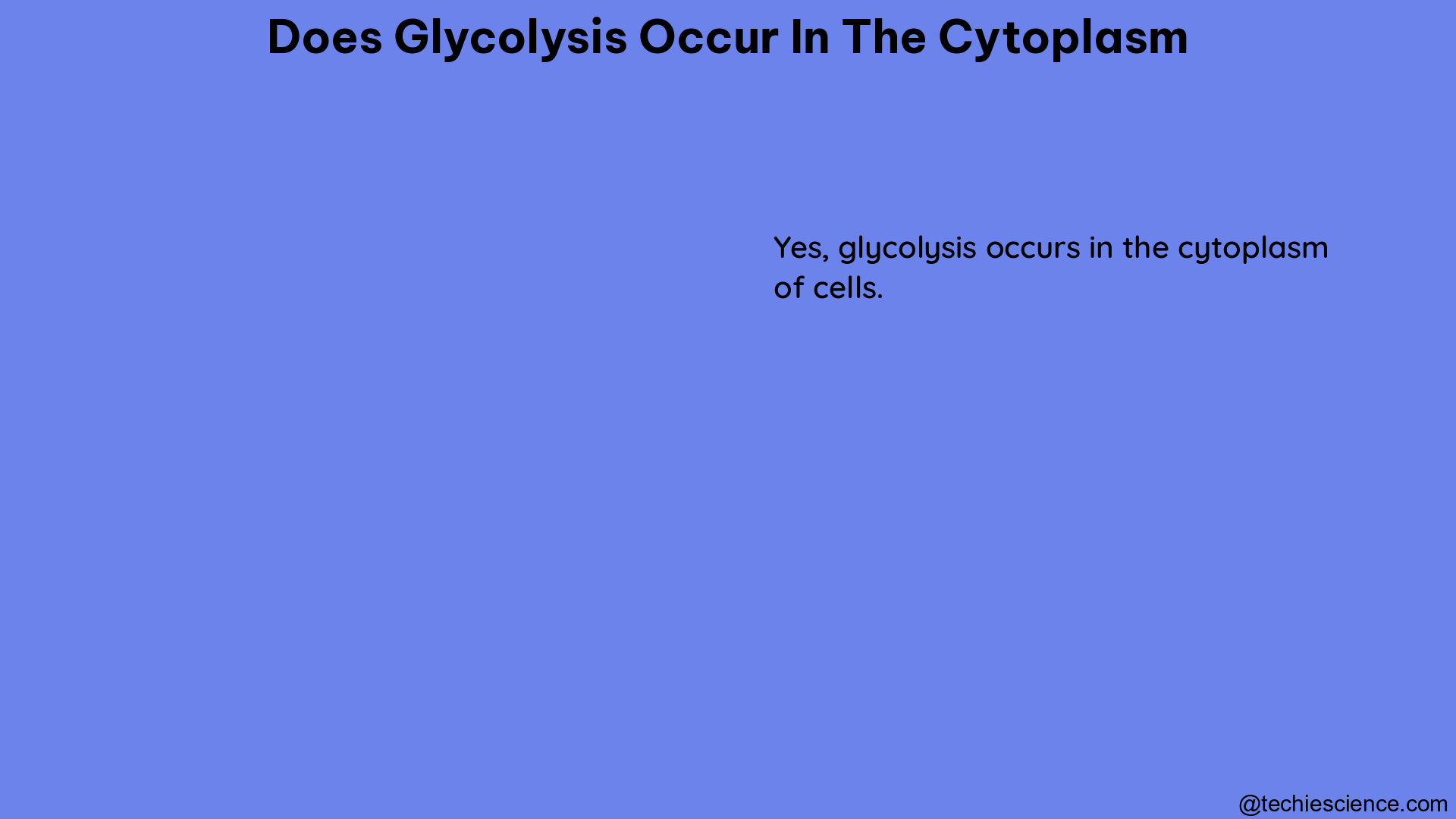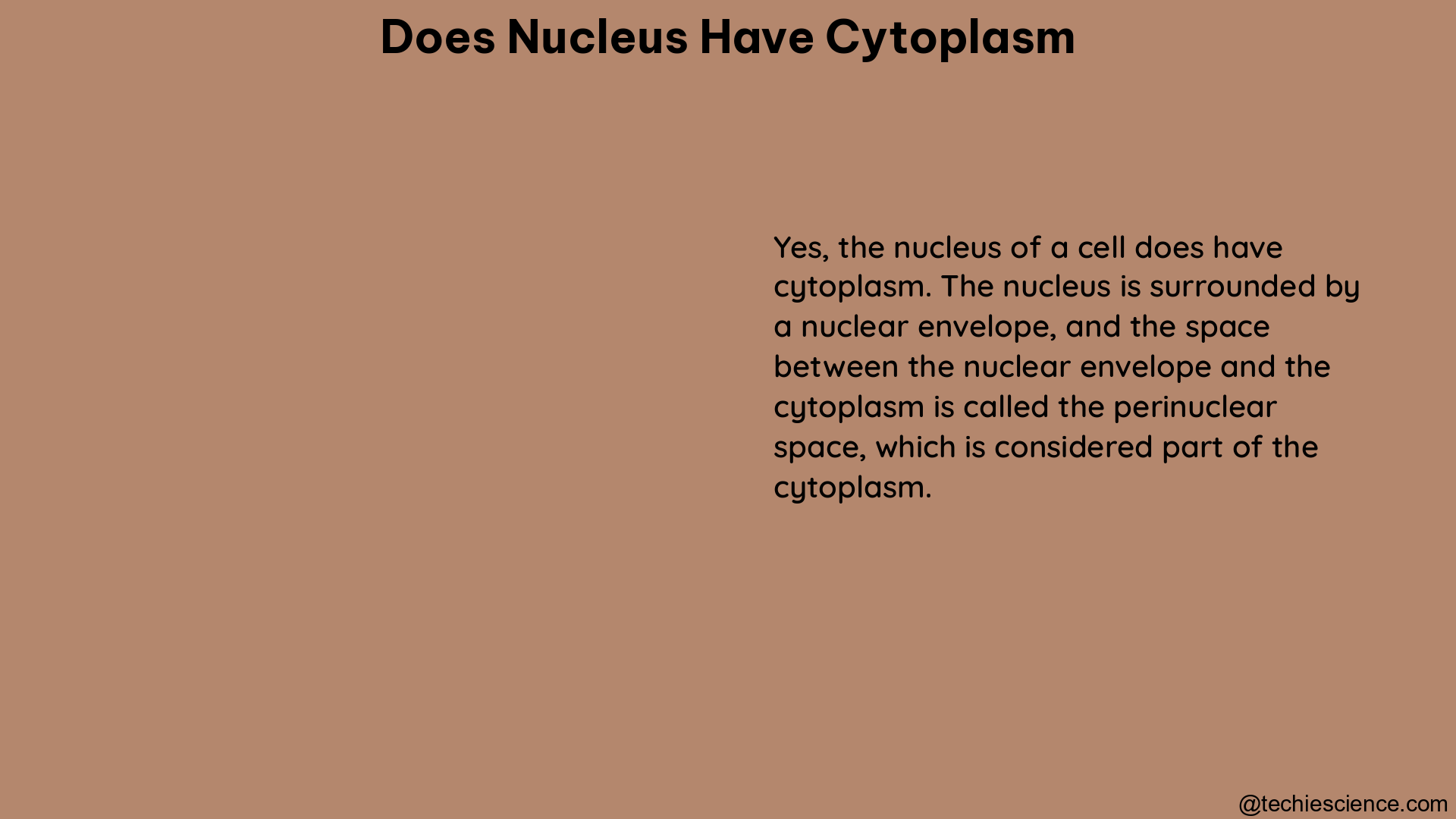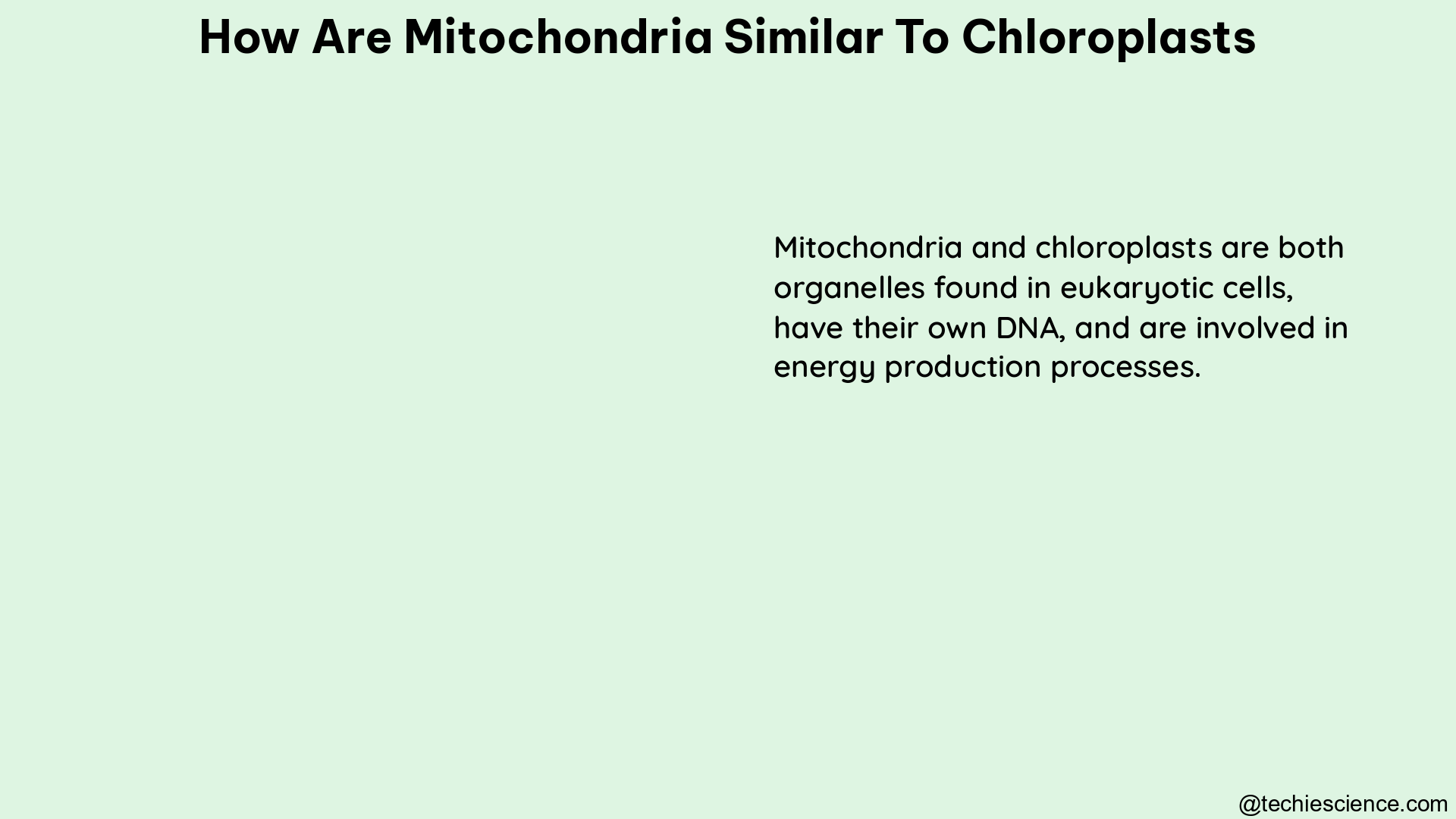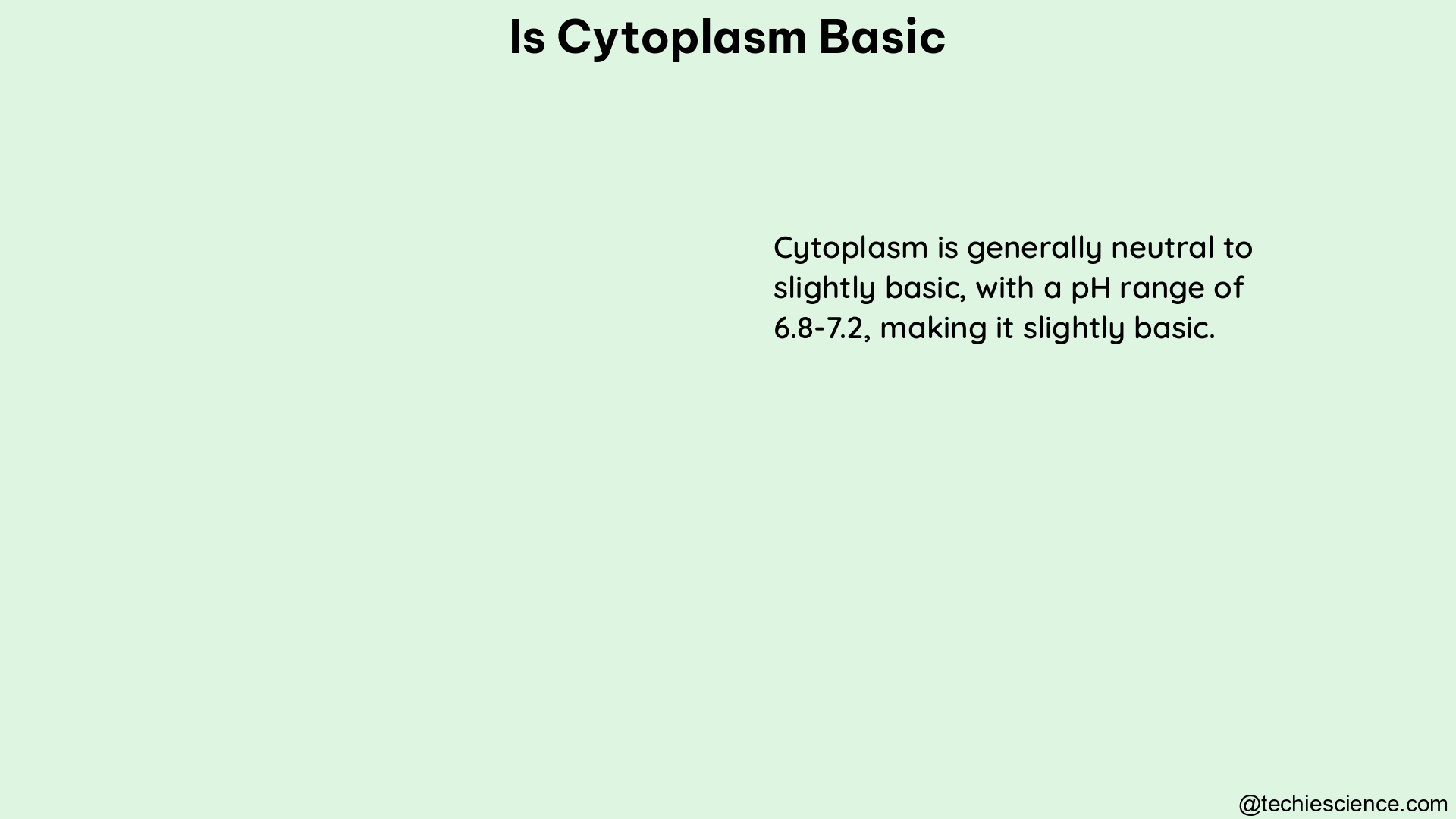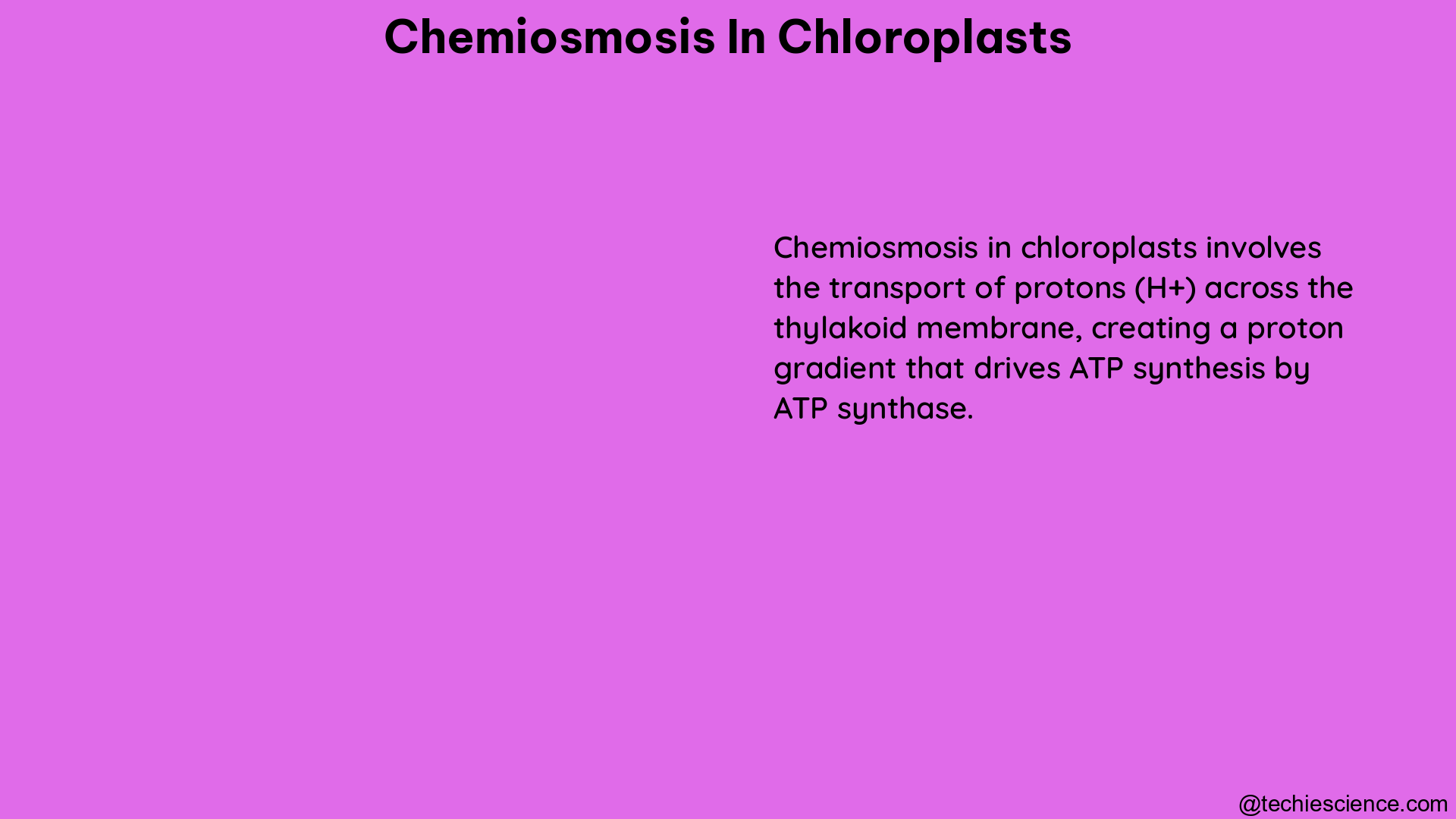Lysosomes and Ribosomes: A Comprehensive Guide to Measuring and Quantifying These Essential Organelles
Lysosomes and ribosomes are two of the most critical organelles in eukaryotic cells, playing vital roles in cellular degradation, recycling, and protein synthesis. Understanding the measurable and quantifiable characteristics of these organelles is crucial for researchers studying cellular function, disease mechanisms, and therapeutic interventions. In this comprehensive guide, we will delve into the intricate details … Read more
